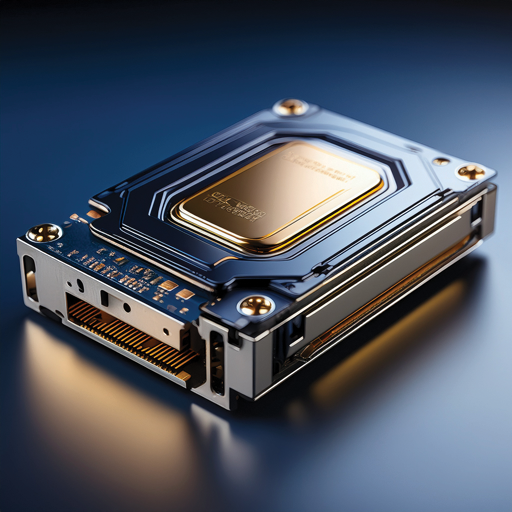Memristive Devices Technology: Revolutionizing Memory and Computing

Memristive devices, commonly known as memristors, represent a groundbreaking advancement in the field of electronics and computing. As emerging non-volatile memory technologies, memristors promise to fundamentally transform data storage and processing by enabling faster, more efficient, and highly scalable systems.
What is a Memristor?
A memristor (memory resistor) is a two-terminal electronic component whose resistance varies based on the history of voltage and current that has passed through it. Unlike traditional resistors with fixed resistance, memristors "remember" past electrical states, retaining information even when power is turned off. This property allows them to function both as memory storage and computing elements simultaneously.
The concept was theorized in 19by Leon Chua as the fourth fundamental passive circuit element, alongside resistors, capacitors, and inductors. However, practical memristor devices were only fabricated and demonstrated decades later, notably by researchers at HP Labs in 200
How Do Memristors Work?
Memristors operate on the principle of variable resistance controlled by ionic movement within a thin-film material. Commonly used materials include transition metal oxides like titanium dioxide (TiO₂). When an electric field is applied, ions or vacancies in the material move, altering the device’s resistance state between a high resistance (OFF) and a low resistance (ON) state.
This resistive switching mechanism is inherently fast, stable, and energy-efficient. Because the device retains the resistance state without continuous power, memristors are ideal for non-volatile memory applications.
Applications of Memristive Technology
- Non-Volatile Memory (NVM)Memristors enable Resistive Random Access Memory (ReRAM or RRAM), a type of NVM that is faster, more durable, and highly scalable compared to traditional flash memory. This makes memristor-based memories attractive for next-generation storage solutions in smartphones, laptops, and servers.
- Neuromorphic ComputingMemristors can mimic synaptic behavior by adjusting their resistance analogously to synaptic weights in biological brains. This capability helps build neuromorphic systems that can learn, recognize patterns, and process information more like humans, leading to breakthroughs in artificial intelligence and machine learning hardware.
- Logic and In-Memory ComputingMemristors can perform logic operations directly within the memory array, breaking the conventional barrier between memory and processing. This in-memory computing paradigm reduces data transfer overhead, accelerating computing performance and improving energy efficiency.
- Flexible and Wearable ElectronicsDue to their simple structure and compatibility with flexible substrates, memristors have potential in wearable devices and flexible electronics, facilitating pervasive computing with low power consumption.
Advantages of Memristive Devices
- Non-volatility: Data retention without power.
- High speed: Faster switching compared to conventional memories.
- Low power consumption: Efficient operation reduces energy usage.
- Scalability: Small device footprint enabling high-density memory arrays.
- Multi-level storage: Ability to store multiple resistance states for increased data density.
Challenges and Future Outlook
Despite their promise, memristive devices face several challenges before widespread commercial adoption:
- Device Variability: Inconsistencies in resistive switching can affect reliability.
- Endurance: Repeated switching may degrade performance over time.
- Fabrication complexities: Manufacturing uniform and defect-free memristors at scale remains difficult.
- Integration: Compatibility with existing CMOS technologies needs improvement.
Research continues to overcome these hurdles through novel materials engineering, circuit design innovations, and advanced fabrication techniques.
Memristive device technology stands at the forefront of the future of memory and computing, offering a unique fusion of storage and processing capabilities. As the technology matures, it holds the potential to redefine how data is stored and manipulated, paving the way for ultra-efficient computing architectures, smarter AI systems, and transformative electronic devices. The next decade will likely witness memristors transitioning from experimental labs to mainstream applications, heralding a new era in electronics.
